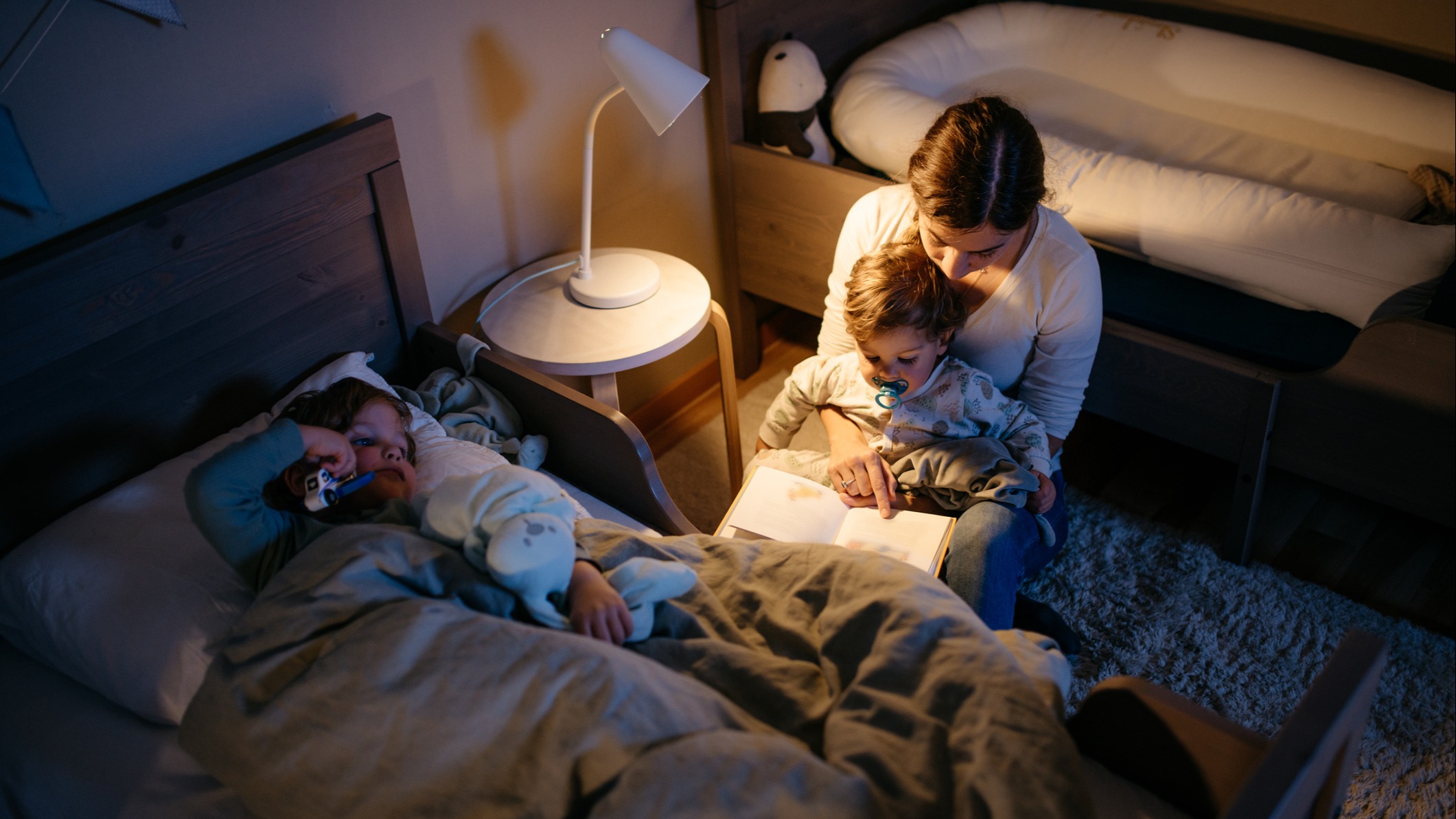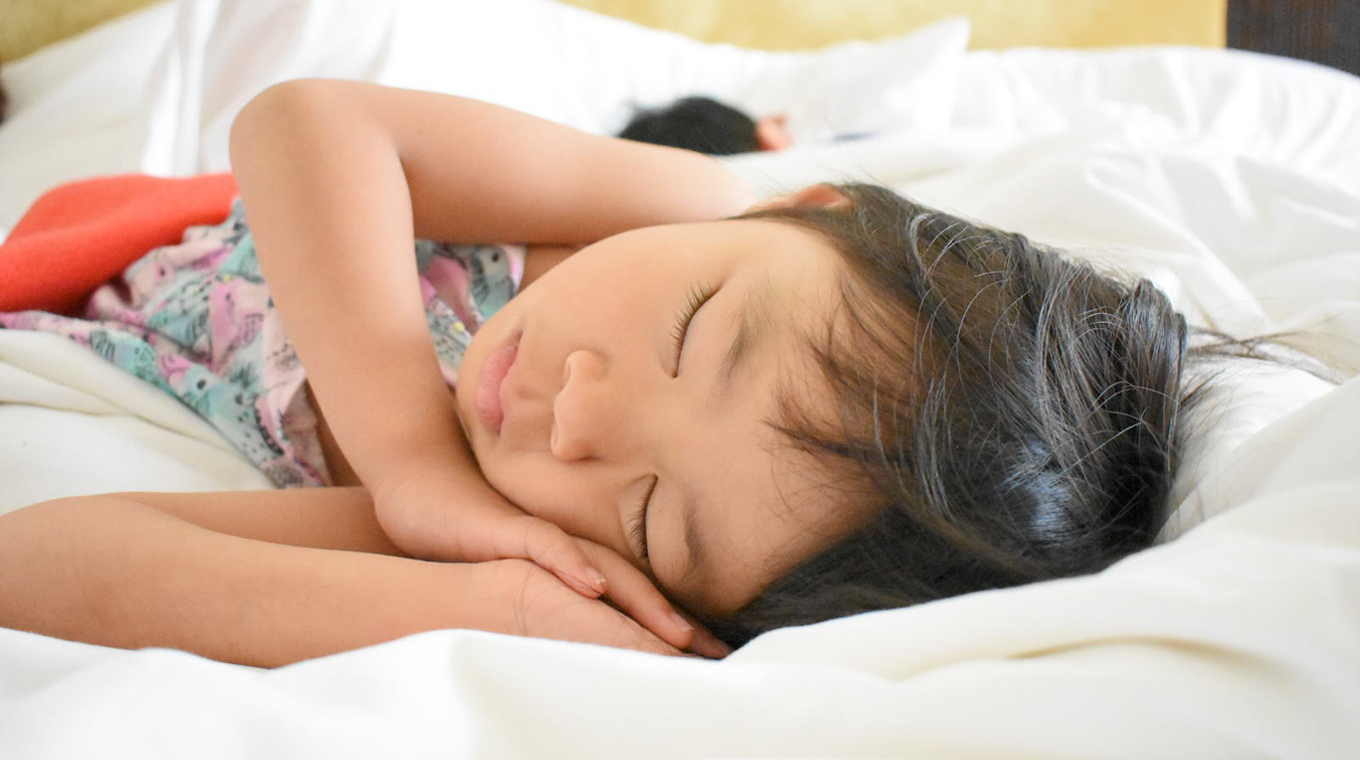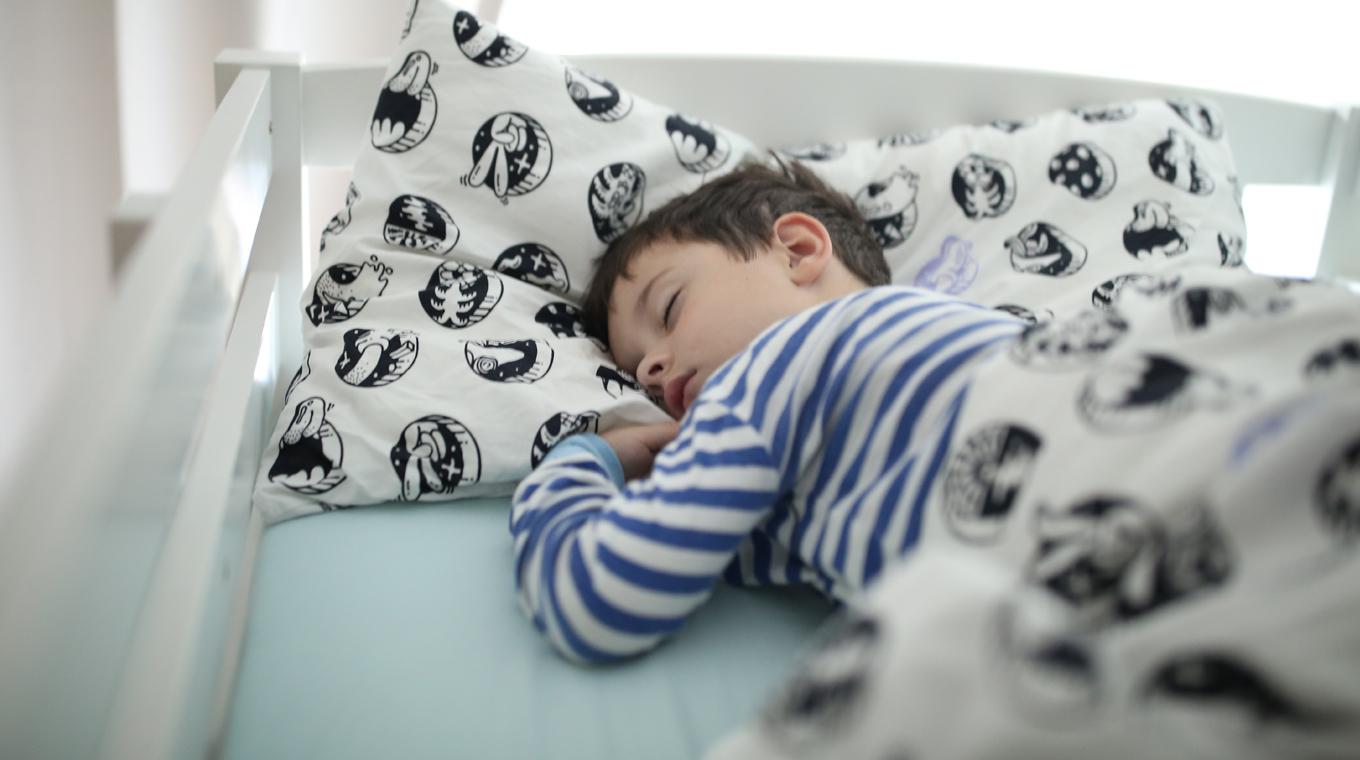
When it comes to sleep, it seems we could all use a little more of it — adults and kids alike.
So, when an elementary school teacher in Wisconsin posted a sleep schedule chart titled “At What Time Should Your Child Go to Bed?” to Facebook, you’d think that parents all over the state and beyond would breathe a huge sigh of relief and say, “Yes! Why haven’t we seen one of these sooner?”
Despite the chart going viral (it’s been shared more than 434,300 times on Facebook), parents are not particularly on board for the suggestions made by kindergarten and first-grade teacher Stacy Karlsen of Wilson Elementary School.
In fact, many are calling the graphic downright unrealistic.
Why some parents are not on board with this sleep schedule

Twenty20
The chart posts a grid of sleeping times for kids ages 5 to 12, based on when they have to wake up in the morning.
For example, if your 7-year-old wakes up at 6:30 a.m., then she should go to sleep at 7:30 p.m. And if your 5-year-old kindergartner needs to hit pause on his dream cycle at 6 a.m., then he should be hitting the pillows by 6:45 p.m. each school night.
Yes, 6:45 p.m.
While some parents are applauding Ms. Karlsen for offering up a set of guidelines broken down into 15-minute increments, other parents are saying that the chart doesn’t take into account activities that happen on any given night — things like homework, after-school sports, and piano practice — not to mention dinner — and the fact that many parents work and don’t get home until the time kids “should be” going to sleep, at least according to the graphic.
“Well, it’s good thing my wife gave birth to a robot so I could use this helpful guide,” Teancum Clark posted in the comments section.
Other parents are applauding the schedule

Twenty20
However, Laura Harker Rowley agrees with the times.
“This is right on for what I have already discovered when my kids need to go to bed,” Rowley writes in the comments section. “Great guidelines,” she adds.
Experts, such as Heather Turgeon, a Mom.com contributor and author of The Happy Sleeper, agree that parents need to take into account their particular situation but also say that activities need to be reconsidered if kids aren’t getting enough sleep.
“A child’s sleep and wake up schedule depends on a lot of factors: homework, activities, what time parents get home from work, what time the child has to wake up for school,” Turgeon writes in the post’s comments section. “It’s a puzzle, but sleep should be a priority. If your child needs to be woken up in the morning, it’s time to pare down on activities or shift the schedule earlier.”
Sleep recommendations by age

Twenty20
Whether you agree with Karlsen’s sleep schedule chart or not, it might be a good time to take a look at your own kid’s schedule to make sure they’re getting the shut-eye they need. Here are recommendations from The American Academy of Sleep Medicine for newborns to teens.
Newborns to 3 months
Eight to nine hours of sleep in the daytime and another eight hours at night.
Infants — 4 months to 1 year
Twelve to 16 hours of sleep in one 24-hour period. They’ll need at least two naps every day to get the recommended amount.
Toddlers — 1 to 2 years
Eleven to 14 hours of sleep in a 24-hour period, with an additional nap at least once a day to get the recommended amount.
Preschoolers
Ten to 13 hours a day. For those kids not napping, parents are advised to adjust their bedtimes so that they still get the recommended amount of sleep.
Elementary school-age — 6 to 12 years
Nine to 12 hours per night, including weekends.
Teens
Eight to 10 hours, which is sometimes difficult, when you factor in homework and after-school activities. Good news: Some schools are moving to later start times.
But enough about the kids. Where’s the chart for adults?




